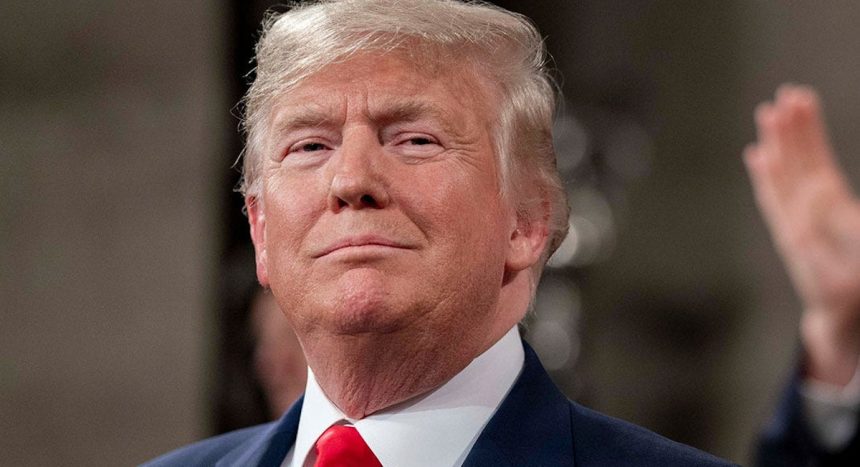Introduction
President Donald Trump’s administration has implemented significant tariffs on Chinese imports, escalating tensions between the United States and China. These actions stem from various economic and strategic concerns that the administration aims to address.
Addressing the Trade Deficit
A primary motivation for the tariffs is the substantial trade deficit between the U.S. and China. In 2024, China reported a nearly $1 trillion goods trade surplus, while the U.S. faced a $1.2 trillion deficit. The administration views this imbalance as detrimental to the U.S. economy and seeks to reduce it through increased tariffs.
Combating Unfair Trade Practices
The U.S. has accused China of engaging in unfair trade practices, including intellectual property theft, forced technology transfers, and providing subsidies to state-owned enterprises. These practices are perceived to harm American businesses and workers, prompting the administration to use tariffs as a means to pressure China into altering its economic policies.
Strategic Economic Positioning
Beyond immediate economic concerns, the tariffs reflect a broader strategy to challenge China’s growing economic influence. The administration aims to prevent China from achieving dominance in key industries, particularly those outlined in its “Made in China 2025” plan. By imposing tariffs, the U.S. seeks to hinder China’s progress in these sectors and maintain its own competitive edge.
Domestic Political Considerations
President Trump’s longstanding views on trade have also influenced these actions. He has consistently advocated for protectionist policies, believing that previous trade agreements have disadvantaged the U.S. Implementing tariffs aligns with his commitment to prioritize American industries and resonates with his political base, which views such measures as steps toward economic fairness.
Conclusion
The Trump administration’s decision to impose tariffs on Chinese imports is driven by a combination of addressing trade imbalances, countering unfair practices, strategic economic considerations, and domestic political factors. These actions aim to protect and promote U.S. economic interests in the face of China’s rising global influence.











